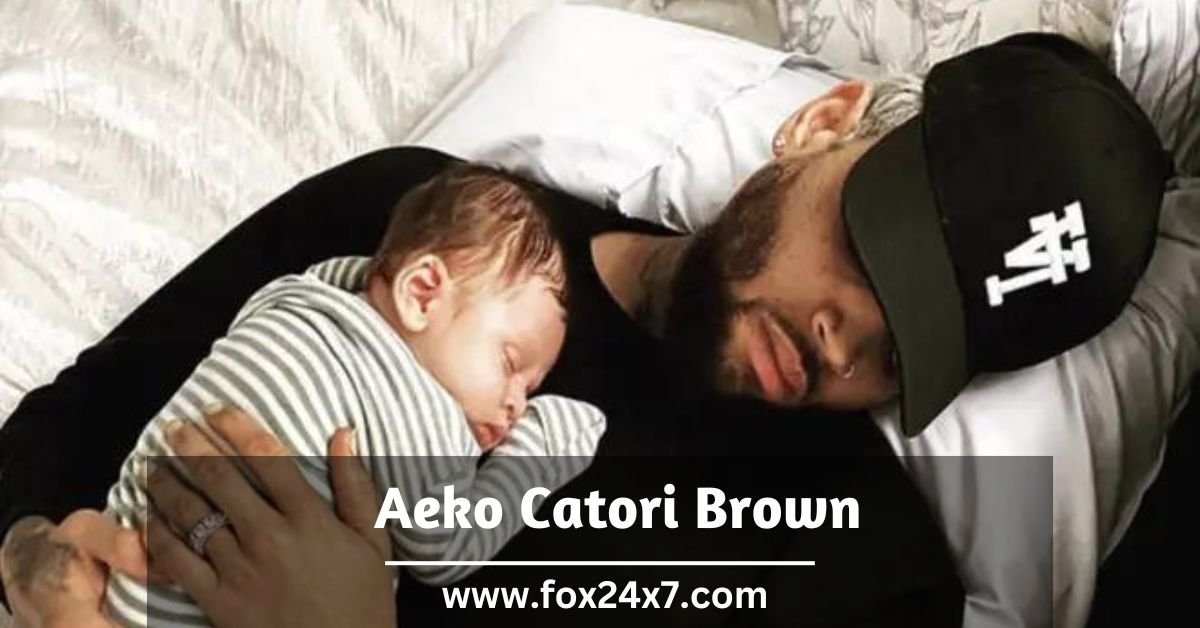 Men’s Wearhouse Jos and Men’s Wearhouse owners. A. Bank, once the dominant player in the market for affordable suits for men, filed for bankruptcy protection late on Sunday. This was due to the decline in demand for corporate clothing as a result of the coronavirus pandemic that has kept America’s office workers home.
Men’s Wearhouse Jos and Men’s Wearhouse owners. A. Bank, once the dominant player in the market for affordable suits for men, filed for bankruptcy protection late on Sunday. This was due to the decline in demand for corporate clothing as a result of the coronavirus pandemic that has kept America’s office workers home.
Tailored Brands had approximately 1,400 stores and 18,000 workers
Tailored Brands had approximately 1,400 stores and 18,000 workers. In July, Tailored Brands had announced plans to close 500 stores and eliminate 20 per cent of corporate jobs. On Sunday, it stated that it would use the restructuring process in order to reduce its debt by at most $630 million.
In a statement that was filed in the U.S. Bankruptcy Court, the Southern District of Texas, Dinesh Lthi, chief executive of Tailored Brands stated, “Our enduring commitment will help customers look and feel at their best will allow me to overcome the challenges of Covid-19.”
 The pandemic has particularly affected the apparel industry
The pandemic has particularly affected the apparel industry
The pandemic has particularly affected the apparel industry, leading to bankruptcy filings by retailers such as the Neiman Marcus Group and J.C Penney. Crew and J.C. Penney. Lord & Taylor was once a prominent presence in America’s department shops. Its owner, Le Tote filed for bankruptcy hours before Tailored Brands filed on Sunday. Ascena Retail, the owner of Ann Taylor, Lane Bryant and Lane Bryant, filed for Chapter 11 protection on July 23, 2013. Ascena Retail was one of the largest national retailers of affordable professional clothing for women just a few decades ago.
Many clothing shops closed their doors during lockdowns. This led to unpaid rent, and furloughs for staff. Brick-and-mortar stores had been struggling to adapt to the rise in e-commerce, changing consumer behaviour, and other challenges.
Tailored Brands’ core product, men’s suits
Tailored Brands’ core product, men’s suits, has seen a drop in demand due to millions of Americans being unemployed or working remotely. According to the company, net sales decreased 60.4 per cent compared to a year ago in the three months that ended May 2.
Brooks Brothers, a more expensive seller of suits and preppy clothing that has been in operation since 1818, saw its demand for its products drop during the pandemic. In July, it filed for bankruptcy.
George Zimmer founded Men’s Wearhouse in 1973
George Zimmer founded Men’s Wearhouse in 1973. He is best known for his catchy slogan on radio and TV: “You’re going be happy the way you look.” It’s true. Men’s Wearhouse was home to about 100 stores in 1992 when it went public.
“They created an affordable option that allowed a man to go in one place and purchase everything,” stated Mark-Evan Blackman (assistant professor and men’s wear specialist at the Fashion Institute of Technology). They were the only choice for certain customers for many years.”
Mr Zimmer, its executive chairman
The company’s problems predate the pandemic. The company fired Mr Zimmer, its executive chairman, in 2013. He claimed that he was not willing to give control to the board and had tried to sell the company to investors to hurt shareholders‘ interests. Zimmer responded by writing a letter in which he expressed concern about the direction the company was going.
After having spent so much of his adult life building the company, Mr Zimmer, now 71, stated that it was difficult to see the company file for bankruptcy protection. He attributes the company’s demise to his contentious exit.
In an interview, Mr Zimmer stated that “it’s a crying shame.” “I spent 40+ years building a company that was unique, and it took only seven years to ruin it.”
Men’s Wearhouse purchased Jos, a men’s clothing company, in 2014
Men’s Wearhouse purchased Jos, a men’s clothing company, in 2014. A. A. The merger was intended to unify the two retail businesses and increase the share of the suit-buying and renting market for budget-conscious suit buyers and renters.
The merger did not increase sales. It endeared Tailored Brands to debt. The company had $1.4 billion in long-term debt and $244.2 million of cash and cash equivalents as of May 2.
Ivan Feinseth is the director of research at Tigress Financial Partners. He said, “When you combine two poor-performing companies together and add a lot more debt, it’s often not a recipe for success.”
According to Mr Feinseth, the merger was not well-conceived because the two companies had fundamentally different business models. It was also difficult and costly to consolidate their brick-and-mortar locations and inventory into one seamless entity.
Tailored brands also faced other challenges
Tailored brands also faced other challenges. While it struggled to keep up with fast fashion and online retailers, Tailored Brands was also faced with high operating and real estate costs.
The tech start-up culture also led to a relaxation in office dress codes. Goldman Sachs, an industry leader known for its formality gave the green light to its employees in 2019 to wear casual clothing.
Mr Blackman of the Fashion Institute of Technology
According to Mr Blackman of the Fashion Institute of Technology, “Fifteen years back, every man had a suit in their closet,” he said. “That is no longer true. Tailored clothing has been in trouble for a long time.
Like most retailers who filed for bankruptcy in the aftermath of the pandemic, Tailored Brands plans to remain in business, and to use Chapter 11 to reduce debt and close down stores. Tailored Brands must reinvent its business model to sustain its business. It also needs to significantly increase its online presence according to Anthony Campagna (global director of fundamental research, ISS EVA), an analytics firm.
He said, “There’s a market where you can sell lower-tier menswear.” It’s all about positioning it correctly.
Also, Read








![Buying the Dip: The Meaning And Its Importance [Markets Strategy] Buying the Dip](https://fox24x7.com/wp-content/uploads/2021/11/Buying-the-Dip--180x135.jpg)

























